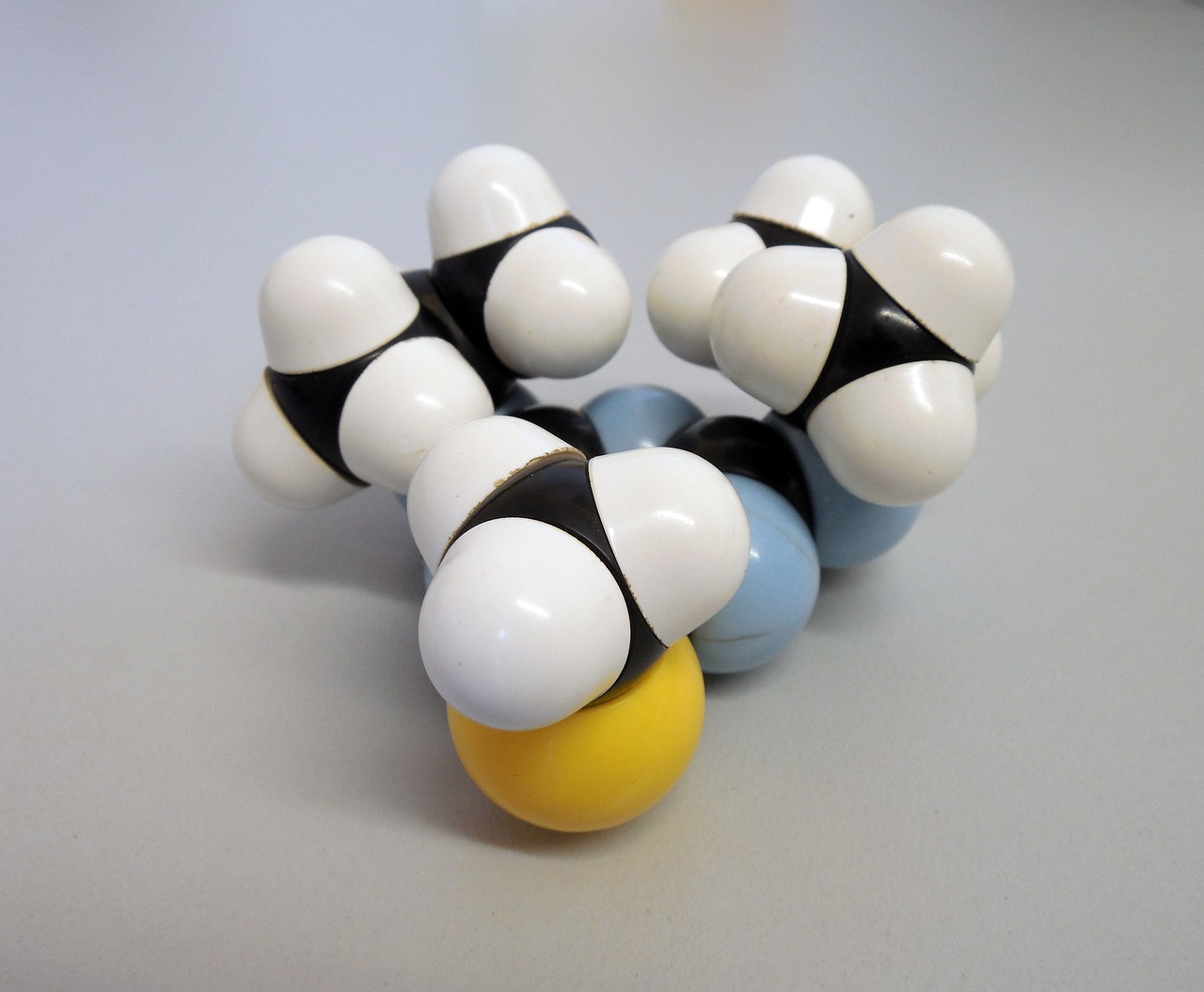COPD is also known as the “silent killer”. Why is COPD called a killer? Every year, about 3 million people die from COPD, second only to ischemic heart disease, stroke and other diseases, and the older the age, the higher the incidence of COPD. COPD, also known as Chronic Obstructive Pulmonary Disease (COPD), is a common respiratory disease that can be treated and prevented. The main cause of COPD is exposure to large amounts of harmful particles or gases, which can cause airway and alveolar abnormalities, resulting in persistent respiratory symptoms and restricted airflow. Nowadays, many people do not know enough about this disease, and because lung function tests are not popularized at the grass-roots level, there is a high rate of under-diagnosis. The following is a popularization of the knowledge of chronic obstructive pulmonary disease (COPD), which we hope will help more people to know about COPD and to prevent it in their daily life.
1、Chronic obstructive pulmonary disease in the early stage of the disease will have what performance?
Early symptoms of chronic obstructive pulmonary disease mainly manifested as coughing, coughing up sputum and other symptoms, in the early morning symptoms are more serious, mucus thick and not easy to cough, sputum more white foam, in the infected or cold after the rapid aggravation of the condition, sputum volume increased, viscosity increased or yellow purulent sputum. Coughing and sputum with increased resistance to expiration is a symptom of obstructive lung disease and proves the existence of dyspnea. Not all patients with cough and sputum will develop COPD, which is usually due to the progression of the condition chronic bronchial and emphysema.
2、What harm does the disease chronic obstructive pulmonary disease (COPD) do to people?
(1) Decline in lung function, asthma, quality of life is getting worse and worse: Chronic obstructive pulmonary disease will lead to a decline in lung function, manifested in the symptoms of asthma, the beginning is to work or exercise when feeling short of breath, with the development of the disease to the back of the slightest activity will be out of breath, in serious cases, sitting and watching TV will be gasping for breath. (2) lead to cardiovascular disease attacks, serious cases will be sudden death: “heart and lungs of the same origin”, the development of chronic obstructive pulmonary disease to a certain stage will affect the function of the heart, leading to heart failure, and finally appeared in the pneumogenic heart disease. At the same time, patients with chronic obstructive pulmonary disease who also suffer from ischemic heart disease will be accompanied by unstable angina, heart attack, stroke and other cardiovascular and cerebrovascular disease risk is higher. (3) Lung cancer: Many patients with chronic obstructive pulmonary disease (COPD) are found to have lung cancer at the same time, on the one hand, it is because COPD and lung cancer have the same risk factors, such as age, history of smoking for many years, and so on, and on the other hand, the risk of lung cancer is higher.
On the other hand, the characteristics of chronic obstructive pulmonary disease include airflow limitation, emphysema and other risk factors. (4) Anxiety and depression: Chronic obstructive pulmonary disease (COPD) is a chronic respiratory disease that requires long and persistent follow-up treatment. Due to the long-term recurrent cough, sputum, shortness of breath, and decreased exercise tolerance, which will affect the quality of life of the patients, such as patients often have anxiety and depression, if not timely channeling the negative emotions of the patients, it will have a greater impact on the patient’s determination to treat the patient, confidence and the prognosis of the disease.
3、How can we prevent the disease of chronic obstructive pulmonary disease?
(1) Quit smoking: Smoking is the main culprit of this kind of disease, so people need to quit smoking in their daily life, timely smoking cessation can make most of the onset of the disease can be delayed for 20-30 years. (2) Prevent colds: People need to prevent colds in their daily life, pay more attention to the real-time changes in the weather, and increase or decrease clothing according to the weather changes in a timely manner. (3)Reduce the inhalation of harmful gases or harmful particles. (4) Vaccination of influenza vaccine, pneumococcal vaccine, bacterial lysate, BCG polysaccharide accounting, etc., which helps to improve the resistance of the body. (5) Strengthening physical exercise, enhancing one’s physical fitness, and improving the body’s immunity can help improve the general condition of the body, and you can perform these exercises, such as Baduanjin and Taiji, which can delay the damage of lung function. (6) For patients with chronic cough, sputum or shortness of breath symptoms, especially for middle-aged and elderly people over 40 years of age who still smoke frequently, it is more necessary to go to the hospital every year regularly for lung function checkups, and for patients diagnosed with chronic obstruction of the lungs, they need to be reviewed regularly, and adjust the medical program in a timely manner according to the specific situation.
The following groups of people need to start as early as possible and focus on tracking lung function: ① People with chronic cough, sputum, shortness of breath, wheezing and other symptoms of respiratory distress. ② No respiratory symptoms, but a large number of smoking and passive smoking people, as well as people working in special environments, such as absentee workers, welders, sanitation workers, masons, cooks and so on. ③ People with allergic rhinitis, allergic asthma, and family history of COPD. (4) People who are older than 40 years old. (7) Contact abdominal breathing in your daily life: Take a standing position and relax your abdominal muscles. When you exhale, exhale slowly through your mouth while contracting your abdominal muscles. When you inhale, inhale slowly through your nose and try your best to lift your belly, but keep your chest still. Breathe 7-8 times per minute, practice 2-3 groups per day, each group at least 5-10 minutes, and then gradually increase the number of times and time after you become skillful.



